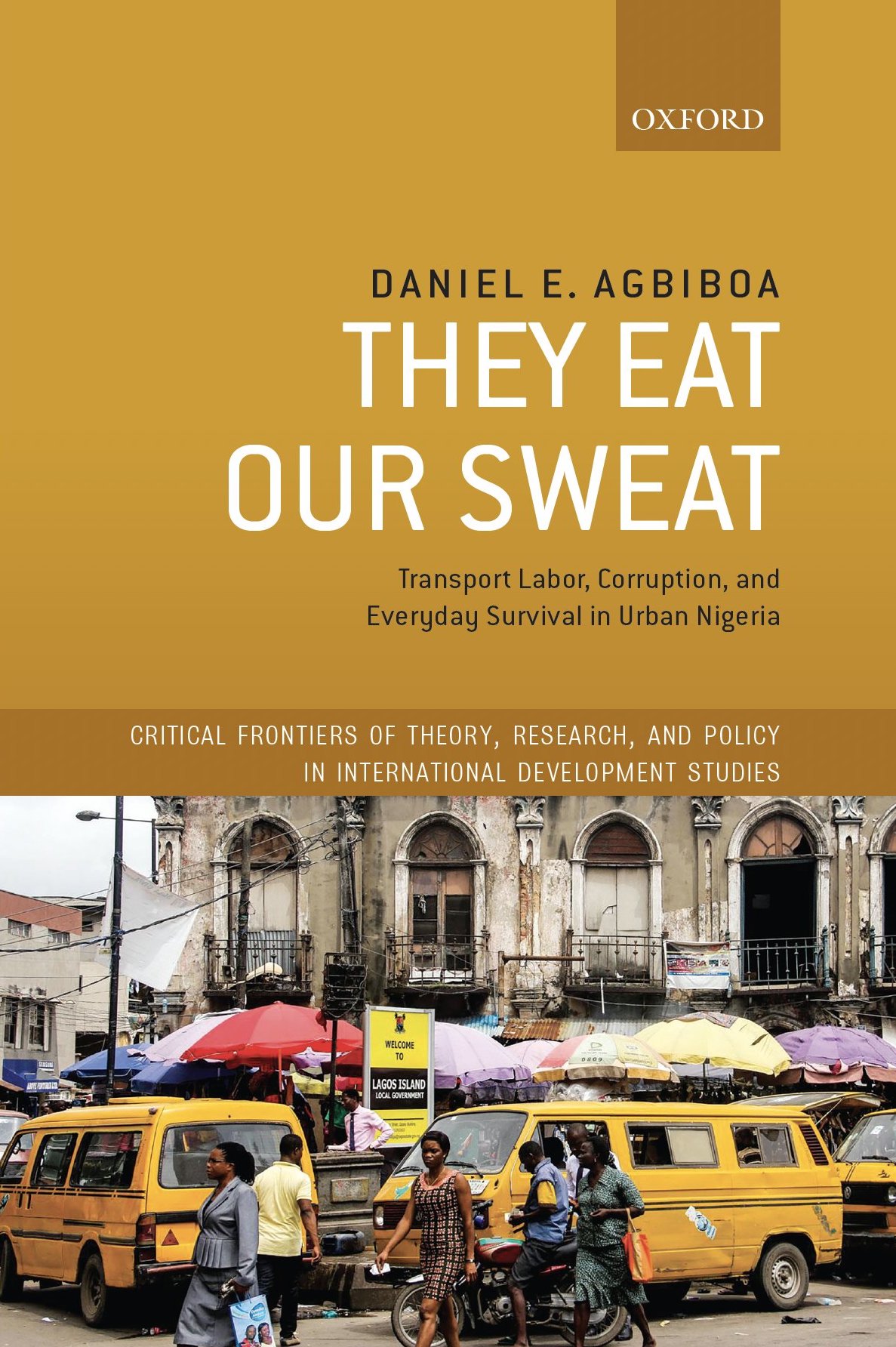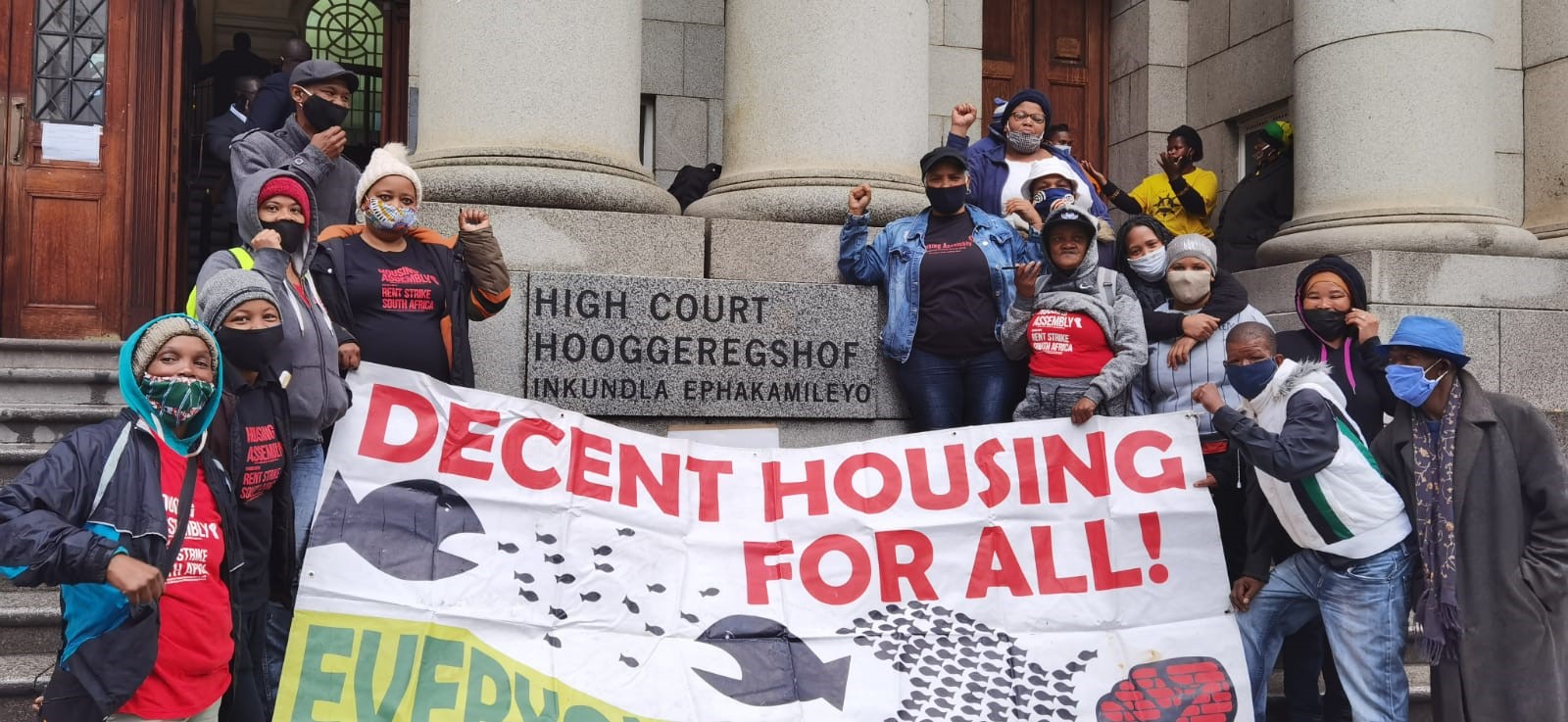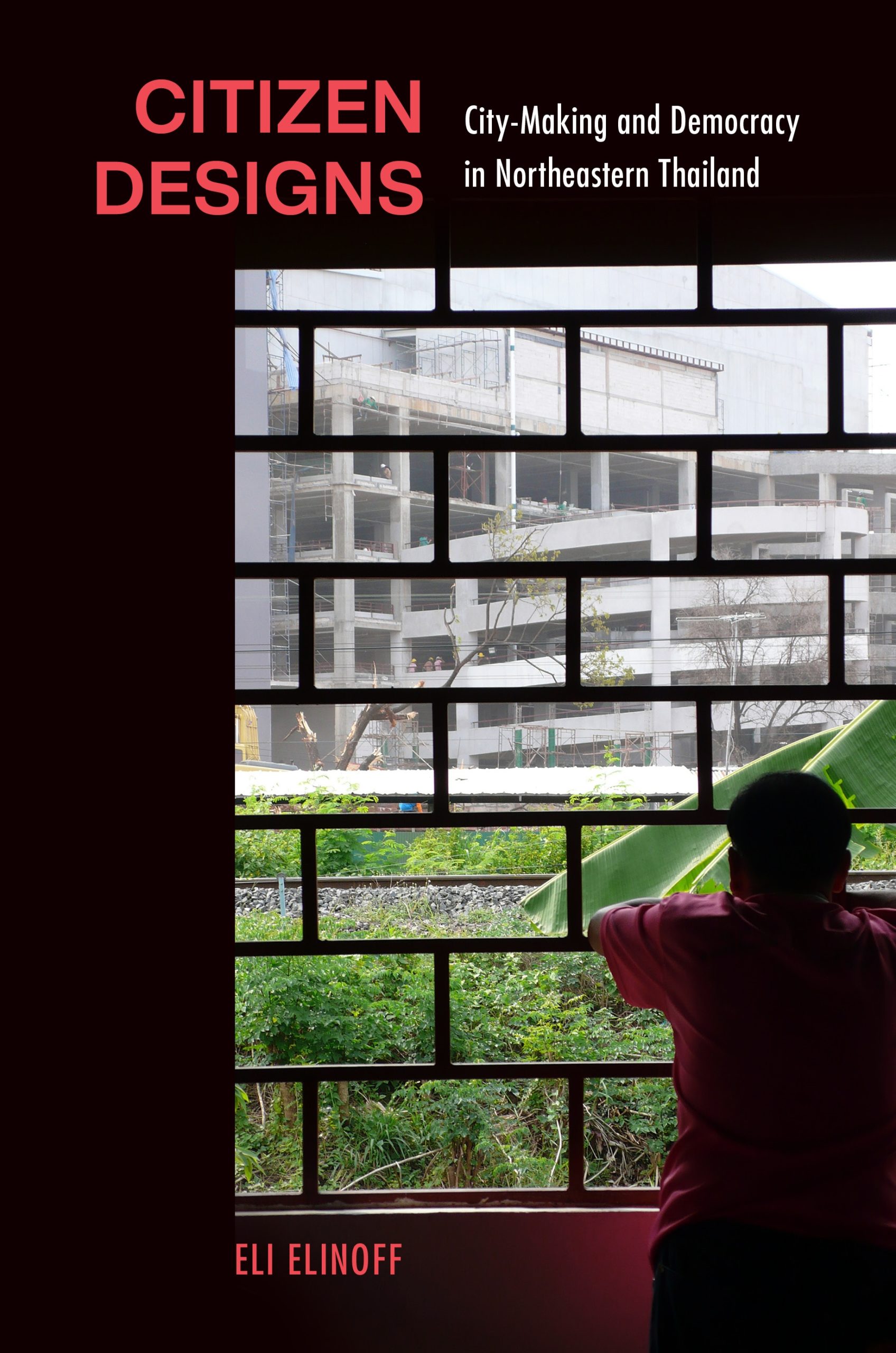Fragments of the City is a book that will resonate for many years to come. It offers a language to comprehend cities as they make themselves in plural ways out of socio-material fragments, in multiple and transitory experiments, from everyday lived vernaculars, and through the undercurrents of biopolitics. It defends an urban totality of multiplicities by following the makeshift lives, struggles and spaces of majorities in cities that Colin McFarlane knows well - Mumbai, Cape Town, Kampala, Berlin, Hong Kong. The book is comprehensive, in setting out a method to encapsulate, narrate and intervene in the city of fragments. With the help of a rich seam of everyday existential struggles in his chosen cities, McFarlane uncovers the norm of disjointed processes of spatial assemblage that constantly evolve, settle without guarantees, and are saturated by the freight of history and hidden power and authority. He offers a style of writing that stays with the fragments through the vignette, the unfinished narrative, the sensorial intimation, the metaphoric dive, the artistic or poetic portrait. We begin to see why the writing experiments of Walter Benjamin, Theodor Adorno, Allan Pred, Abdoumaliq Simone, and now McFarlane’s own montage style of writing make sense. From the fragments McFarlane outlines a politics that valorises grassroot experience and the work of pro-poor movements, learns from popular occupations and generative protests, and turns to connective intermediaries such as infrastructures, archives of vernacular knowledge, and legal opportunities to sustain grassroot victories.
The book is a triumph. Its argument is persuasive, it bristles with case evidence, and its legibility is greatly lifted by a colloquial style and aesthetic deployed as a form of urban knowledge. Finding myself strongly in agreement with it and with little to criticise, this short commentary reflects on the meaning of the urban total in light of McFarlane’s invitation to read any general processes through the fragments. The book cautions against identifying commanding processes and structures and against a politics of total vision or capture, not least because of the subversions of the lived city. I share this scepticism, but wonder about the consequences of playing down the politics of the diagram. I have in mind the power of genealogies of top-down urban management, utopian visions and planning dispositifs, and urban metabolic systems and supply infrastructures. These have long mattered in the making of urban life, in their inclusions and exclusions, in their capacities to cohere or fragment the city, and in charismatically calling up a specific future. They are present, ingrained and powerful, and whatever their functionality or reach, they act as a passage point to collective life and social possibility. Though far from neglected in the book, and always subtly woven into the skews of situated developments here and there, such fabrications of the total (in both senses of making and fictionalising) could feature more as overarching diagrams of power. Of course, the ‘real’ city always finds ways of subverting and bypassing such totalisation, but it remains formative in the making of the built environment, framing of the good life, and the distributions of wellbeing.
McFarlane is far from unaware of this power. In his previous work on urban infrastructures he has shown how urban life gathers around them, gets activated by them, and is vernacularised in a myriad of ways – and we see some of this also in Fragments around the agency of water and sanitation systems. We know from the assemblage turn in urban studies that urban technological and metabolic systems are always socially appropriated, but also that there is a cold force to their organisation as systems – however broken and incomplete - that works the distribution of generalised urban rights. For example, a wholeness of urban systems in the form of arrangements of property rights, legal privileges, basic provisions, and educational, welfare, informational and communications systems undergirds the lives and habitats of the rich, allowing them to take for granted many of the necessities of their flourishment. Arranging such automaticity for the majority population in a city through infrastructural extensions and improvements as well as better rights of access is to recognise a politics of the total working for the urban poor, about a technicity of generalised provisioning.
Then, consider the long performative history of urban diagrams, ranging from plans, maps and smart systems to manage the whole, to utopias of the good life rolled out through great symbolic projects, architectural reinventions, and cautionary artworks such as Lorenzetti’s Allegory of Good and Bad Government. We know this to be a history of violence against the palimpsest, the vernacular, and interests that stand in the way. We also know it as a history of incompleteness, popular appropriation, and fractured ‘progress’, with the urban ground in its detail no mirror of the projected image. Yet projections – so prominent in the history of urban government – have operated as machines of visualisation, intent and allocation. Urban utopias and masterplans have mapped the detail of what a city should look like, who and what should be rewarded, which values and precepts should be promoted, and a lot more. They have been mobiles of power and anticipation, laden with charismatic force working on the hopefuls, attracting investment and attention, shaping lives and prospects. In their realisation, the projections have often failed or changed course, yet their symbolic and material force has been immense, establishing a standard of the urban good life. Perhaps too much of Plato, Augustine, Hausmann, Le Corbusier and Serda lingers behind this claim, its Eurocentrism betrayed by unplanned and palimpsest Southern urbanism. Yet, even here, leaving aside a history of precolonial Asian and African projections of the good city, the impositions of diagrams of modernity and progress have been far from modest in the arrangements of city life and its rewards. The histories of the urban diagram are violations, but they also suggest a politics of the total with potential for emancipatory ends.
If an image haunts my interest in the urban total it is that of the destruction of the fabric of cities in Ukraine by Russia’s aggressive invasion. The war has led me to think about the limits of fragmentary urbanism and generative fugitivity. It has drawn my attention to the restorative totality of functioning welfare and metabolic systems, infrastructures and institutions, democracies and diagrams of the free and flourishing city. The snuffing out of institutions, built environments and systems of survival in Ukraine’s cites has made me think more urgently about the baseline conditions of meaningful life for the urban many. Wholes are far from absent in in McFarlane’s book, but the war in Ukraine is a reminder of their enduring power in both an opressive and enabling sense.
Ash Amin, until October 2022, was 1931 Chair of Geography at Cambridge University. His latest book is ‘Grammars of the Urban Ground’, coedited with Michele Lancione (Duke, 2022).




















